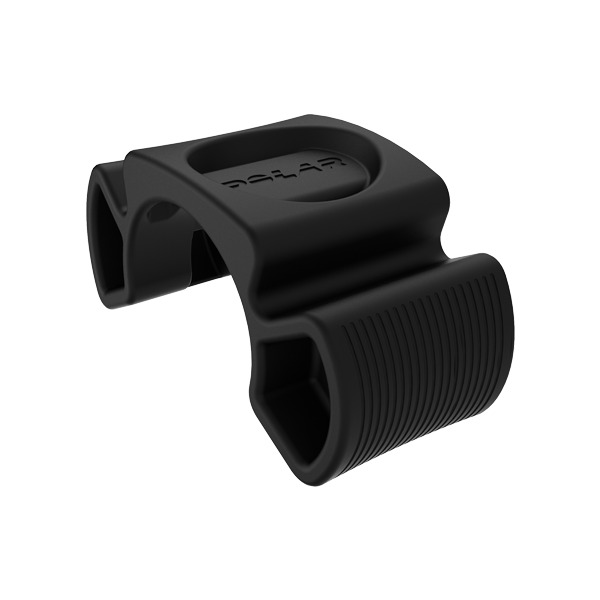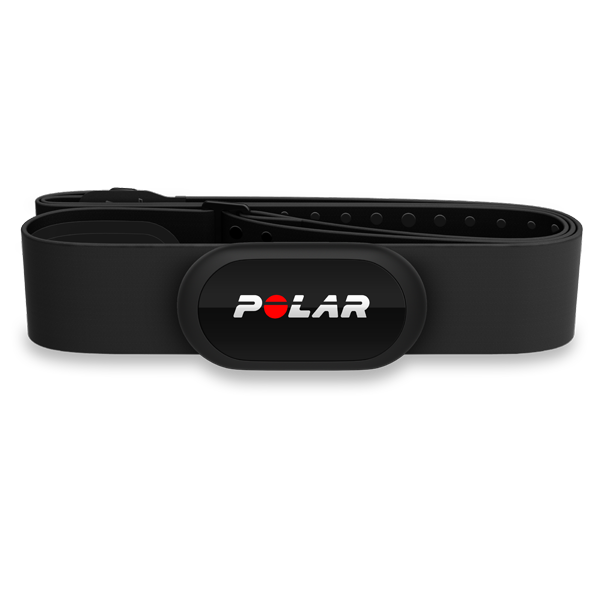Optimize your training with Training Load Pro™
When you’re training to achieve a specific goal, you need to know how your workouts strain your body in order to find the balance between different types of training and rest.
Polar Vantage M shows you how your training sessions strain your body and how it affects your performance.
Training Load Pro monitors the strain your training puts on your cardiovascular system (Cardio Load), and also takes into account how strained you feel (Subjective Load). If you’re using a separate running or cycling power meter, you will also get a training load value for your musculoskeletal system (Muscle Load).
When you know how strained each body system is, you can optimize your training by working the right system at the right time. You get a numerical value, verbal feedback and a visual bullet scale for each training load.
Cardio Load
![]()
Your Cardio Load value tells you how much strain your training session put on your cardiovascular system. It is calculated after every workout from your heart rate data.
Your Cardio Load is calculated as training impulse (TRIMP), a commonly accepted method to quantify training load.
Perceived Load
Perceived Load is a value that takes into account your own subjective experience of how demanding your training session was.
Your Perceived Load is quantified with Rate of Perceived Exertion (RPE), a scientifically accepted method to quantify subjective training load. Your Perceived load levels indicate how hard a training session was compared to your session average from the past 90 days.
Strain & Tolerance
In addition to the training load from individual training sessions, you can follow how Cardio Load builds up over time
Strain shows how much you have strained yourself with training lately. It shows your average daily load from the past 7 days.
Tolerance describes how prepared you are to endure cardio training. It shows your average daily load from the past 28 days. To improve your tolerance for cardio training, slowly increase your training over a longer period of time.
Your Cardio Load Status looks at how your Strain compares to your Tolerance and estimates how your training is impacting your body.
Muscle Load (only available with a power meter)
If you’re using a power meter in your running or cycling workouts, your Polar Vantage M will also calculate a Muscle Load value. Muscle Load tells you how much your muscles were strained during your training session. Muscle Load helps you quantify your training load in high-intensity training sessions, such as short intervals, sprints and hill sessions, when your heart rate doesn’t have enough time to react to the changes in the intensity.
Muscle Load shows the amount of mechanical energy (kJ) that you produced during a running or cycling session. This reflects your energy output, not the energy input it took you to produce that effort. In general, the fitter you are, the better the efficiency between your energy input and output.

























